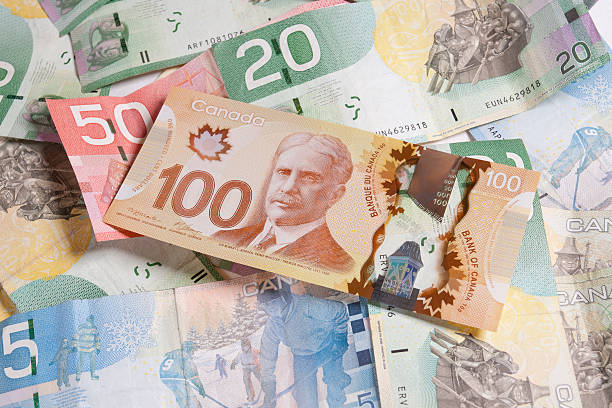A currency with a rich history and a vital role in global finance is the Canadian dollar (CAD). The Canadian dollar is discussed in this article in terms of its current exchange rate, its value in relation to the Indian rupee, the Indo-Canadian bus connection, as well as some of its past trends and fluctuations.
Understanding Exchange Rates: The Canadian Dollar’s Current Rate
The value of one currency in relation to another is determined by exchange rates. Like all currency exchange rates, the Canadian dollar rate is influenced by a complex interplay of economic, geopolitical, and market factors. From day to day, these rates can fluctuate and are not constant.
The exchange rate today
Financial news sources, currency conversion applications, local banks, or foreign exchange services can all be used to obtain the today canadian dollar rate. Remember that owing to fees and commissions, exchange rates may fluctuate slightly between sources.
Conversion from Canadian Dollar to Rupee
Economic Relations Between India and Canada
Beyond currency exchange of canadian dollar to rupee, the Indo-Canadian relationship exists. Political, cultural, and economic relations exist between the two countries. As a result, India and Canada have a lot of business and travel exchange.
Indian Rupee to Canadian Dollar
Depending on a number of circumstances, the value of the Canadian dollar in terms of the Indian rupee may fluctuate. You can use online currency converters or ask at a nearby bank or money exchange facility to find out the current exchange rate.
Rupees equal 100 Canadian dollars
Simply multiply the current exchange rate by 100 to get how much 100 canadian dollars in rupees. You will receive a rough estimate of the amount in Indian rupees.
Increasing Ties: The Indo-Canadian Bus Connection
The availability of various bus services and operators enables convenient travel between India and Canada, indicating their growing economic and cultural ties.
Bus Services and Routes
Bus services between major cities and areas in both nations run at a variable rate on a variety of routes. Cross-border travel is made comfortable and convenient with the help of these services.
Cultural Interaction
The Indo Canadian bus connection promotes cultural exchange in addition to providing transportation. People from many backgrounds travel together, exchanging experiences and tales along the way.
Fluctuations and History of the Canadian Dollar
Brief Summary
The development of the Canadian dollar from colonial money to the contemporary currency we use today is a defining feature of its history. The decimal system was introduced by Canada in 1858, and the Canadian dollar became the official national currency in 1871.
Past Variations
The Canadian dollar has gone through fluctuations throughout its history, much like all other currencies. These fluctuations are influenced by a number of variables, such as economic conditions, trade relations, and world events.
Significant Milestones
The Canadian dollar has undergone significant turning points throughout history, such as the transition from the gold standard to a variable exchange rate system in 1950. However, despite these changes, it remains one of the most reliable and trusted currencies in use today.
Conclusion
A representation of economic might and global cooperation, the Canadian dollar is more than just a currency. The Canadian dollar has a fascinating history to share, whether you’re interested in its exchange rate, rupee value, the bus link between India and Canada, or its historical progression. It is a currency of significance on the global stage due to its history of stability and its function in enabling international trade. So, whether you’re a businessperson, traveler, or just someone who enjoys learning about finance, being familiar with the Canadian dollar will help you gain a deeper understanding of the world economy.

